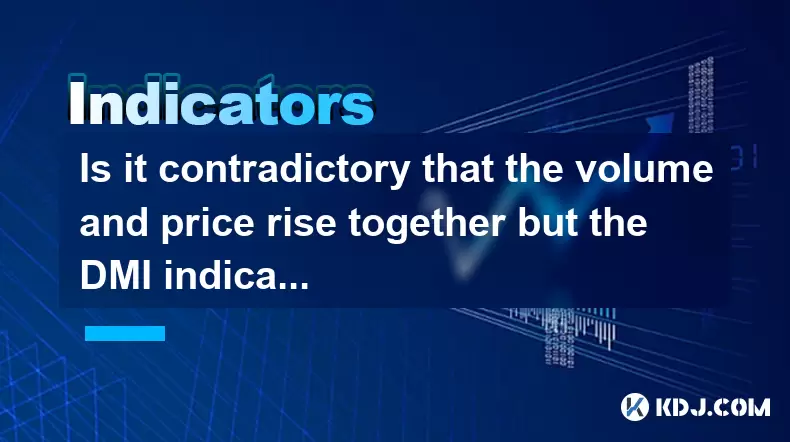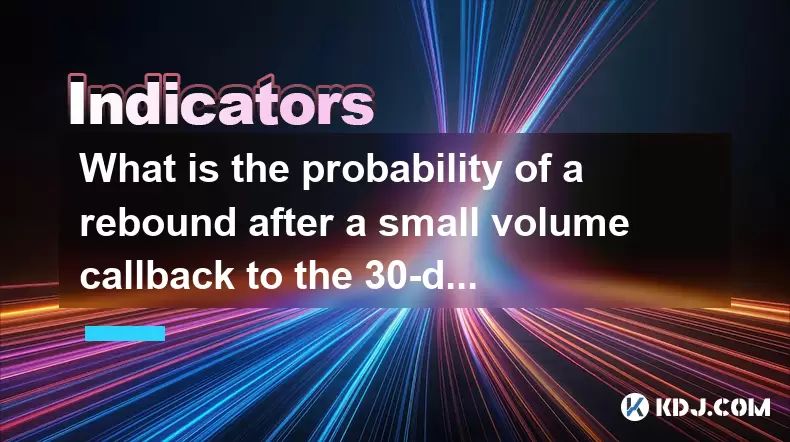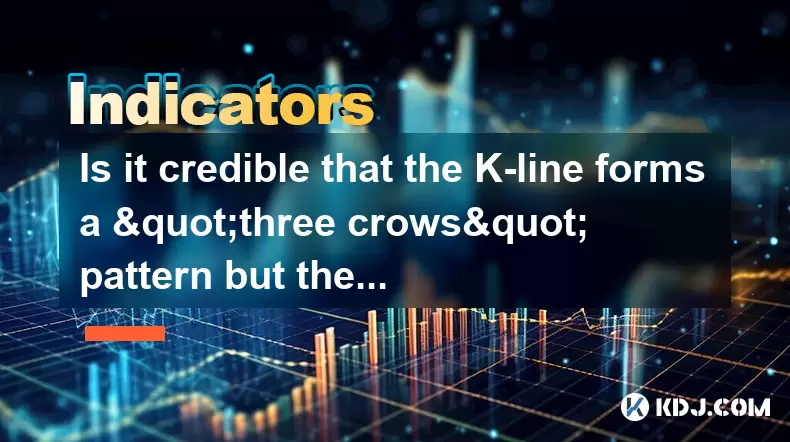-
 Bitcoin
Bitcoin $105,978.7605
5.45% -
 Ethereum
Ethereum $2,423.8735
9.54% -
 Tether USDt
Tether USDt $1.0005
0.02% -
 XRP
XRP $2.1626
9.40% -
 BNB
BNB $641.9746
4.79% -
 Solana
Solana $146.4071
11.93% -
 USDC
USDC $0.9999
0.00% -
 TRON
TRON $0.2735
4.33% -
 Dogecoin
Dogecoin $0.1646
10.74% -
 Cardano
Cardano $0.5839
9.61% -
 Hyperliquid
Hyperliquid $38.4234
8.79% -
 Sui
Sui $2.8430
18.30% -
 Bitcoin Cash
Bitcoin Cash $469.1401
3.03% -
 Chainlink
Chainlink $12.9029
12.83% -
 UNUS SED LEO
UNUS SED LEO $9.1005
0.89% -
 Avalanche
Avalanche $18.1358
11.70% -
 Stellar
Stellar $0.2453
8.78% -
 Toncoin
Toncoin $2.9174
7.94% -
 Shiba Inu
Shiba Inu $0.0...01160
11.29% -
 Litecoin
Litecoin $85.3114
7.70% -
 Hedera
Hedera $0.1512
15.21% -
 Monero
Monero $309.9386
4.88% -
 Ethena USDe
Ethena USDe $1.0007
0.03% -
 Polkadot
Polkadot $3.4098
9.78% -
 Dai
Dai $1.0002
0.02% -
 Bitget Token
Bitget Token $4.1523
4.23% -
 Uniswap
Uniswap $6.8863
11.50% -
 Pepe
Pepe $0.0...09973
13.94% -
 Pi
Pi $0.5363
7.15% -
 Aave
Aave $255.4680
15.65%
Is it contradictory that the volume and price rise together but the DMI indicator shows that the trend strength decreases?
Rising volume and price can signal strength, but a weakening DMI may indicate fading trend momentum despite higher prices.
Jun 24, 2025 at 01:00 am

Understanding the Relationship Between Volume, Price, and DMI
In the world of cryptocurrency trading, it is common for traders to analyze multiple indicators simultaneously to form a comprehensive view of market conditions. Volume and price are two of the most basic and widely used metrics in technical analysis. When both volume and price rise together, it typically signals strong buying pressure and a healthy uptrend. However, when the Directional Movement Index (DMI) suggests that trend strength is decreasing, this may seem contradictory.
The DMI consists of two lines: +DI (Positive Directional Indicator) and -DI (Negative Directional Indicator). These lines help determine the direction and strength of a trend. Additionally, the ADX line (Average Directional Index) measures the overall strength of the trend regardless of direction. A rising ADX indicates increasing trend strength, while a falling ADX implies weakening momentum.
It's crucial to understand that DMI is not directly influenced by volume or price magnitude but rather by how consistently prices make new highs or lows.
Why Volume and Price Can Rise While DMI Shows Weakness
One possible explanation lies in the nature of how DMI calculates trend strength. If the price is moving upward and volume is increasing, but the movement lacks consistency — such as with frequent pullbacks or indecisive candles — the DMI might register a weakening trend. This occurs because DMI focuses on directional movement, not absolute price levels or volume.
For example, during a sharp rally, large volume can push the price higher quickly. However, if this is followed by sideways consolidation or minor corrections, the +DI line may decline, and the ADX line may flatten, suggesting that the trend is losing its directional force even though the price has not necessarily dropped.
- Sharp spikes in volume can be misleading if they don’t sustain over time.
- Price continuation without new highs can reduce the +DI value.
- Increased volatility without directionality may lower the ADX reading.
The Role of Market Psychology in Conflicting Signals
Cryptocurrency markets are highly influenced by trader sentiment and speculative behavior. When volume increases alongside rising prices, it often reflects bullish sentiment. However, if the DMI begins to show weakness, it could indicate that the buyers are becoming less aggressive or that sellers are stepping in more frequently.
This kind of divergence may suggest that while there’s still demand pushing the price up, the conviction behind each move is waning. Traders might be taking profits, or institutional players could be manipulating the price to trigger stop-losses before reversing the trend.
Understanding these nuances helps traders avoid false breakouts and identify potential reversals early.
How to Interpret DMI in Conjunction With Volume and Price
To properly interpret conflicting signals between DMI and other metrics like volume and price, traders should consider the following steps:
- Check the ADX line: If the ADX is above 25 and rising, the trend is strong despite short-term retracements.
- Analyze the relationship between +DI and -DI: If +DI remains above -DI, the uptrend is still dominant, even if weakening slightly.
- Observe price action patterns: Look for signs of exhaustion like long upper shadows or bearish candlestick formations.
- Compare volume across multiple timeframes: Sometimes what looks like a surge on the daily chart may be normal on the weekly chart.
By combining these observations, traders can better judge whether the DMI signal is an early warning of a reversal or just a temporary pause in an ongoing trend.
Case Study: BTC/USDT Weekly Chart Example
Consider a scenario where Bitcoin (BTC) experiences a rapid price increase from $60,000 to $65,000 within a week, accompanied by a spike in trading volume. On the surface, this appears bullish. However, upon reviewing the DMI indicator, you notice that the ADX line has started to decline from 30 to 25, and the +DI line has crossed below the -DI line.
In this case, the rising volume and price contradict the DMI's suggestion of weakening trend strength. To resolve this conflict, further examination reveals that although the price made new highs, the subsequent pullback was swift and deep, indicating that bears are beginning to exert influence. The DMI reflects this change in momentum earlier than price or volume alone.
This highlights how DMI can serve as a leading indicator, offering insights into shifts in market dynamics before they're fully reflected in price or volume data.
Practical Steps to Handle Contradictory Signals
When faced with divergences between volume, price, and DMI readings, traders should follow these practical steps:
- Use multiple timeframes: Analyze the same asset on different timeframes (e.g., daily, 4-hour, and 1-hour charts).
- Incorporate other confirming indicators: Add tools like RSI, MACD, or Bollinger Bands to validate the trend or reversal signals.
- Wait for confirmation: Don't act immediately on conflicting signals. Wait until one side dominates clearly.
- Monitor order flow and open interest: Especially in futures markets, these metrics can reveal hidden pressures not visible on standard charts.
These strategies allow traders to navigate ambiguous market conditions more effectively and reduce the risk of making decisions based on incomplete information.
Frequently Asked Questions
Q: Can the DMI indicator give false signals?
Yes, like any technical indicator, DMI can produce false signals, especially in ranging or choppy markets. It's best used in conjunction with other tools to filter out noise.
Q: Does volume always confirm a trend?
Not necessarily. High volume can sometimes accompany trend reversals or panic selling. Traders must assess volume in context with price action and other indicators.
Q: How does the ADX differ from +DI and -DI?
The ADX measures the strength of the trend, while +DI and -DI measure the direction (up or down). ADX doesn’t indicate direction, only whether a trend is gaining or losing strength.
Q: Should I ignore price if DMI shows weakness?
No, price remains a critical factor. Use DMI as a tool to assess trend integrity, not as a standalone decision-making indicator. Always combine it with price action and volume analysis.
Disclaimer:info@kdj.com
The information provided is not trading advice. kdj.com does not assume any responsibility for any investments made based on the information provided in this article. Cryptocurrencies are highly volatile and it is highly recommended that you invest with caution after thorough research!
If you believe that the content used on this website infringes your copyright, please contact us immediately (info@kdj.com) and we will delete it promptly.
- Circle's Stablecoin Soars: A $62 Billion Power Play
- 2025-06-24 06:25:12
- COIN Act: Curbing Crypto Profiteering by Public Officials – A Necessary Step?
- 2025-06-24 06:25:12
- Bitcoin Scaling Showdown: Lightning Network, Sztorc, and the Future of Payments
- 2025-06-24 04:25:12
- Cathie Wood, ARK Invest, and Circle Shares: A Wild Ride on the Stablecoin Wave
- 2025-06-24 04:25:12
- Ruvi AI: Blockchain Tech Meets Real-World Utility – The Next Big Thing?
- 2025-06-24 05:25:13
- US, Iran, Middle East: Navigating the Geopolitical Minefield
- 2025-06-24 05:05:12
Related knowledge

What does the continuous rise of the ADX line of the DMI indicator in the downward trend indicate?
Jun 24,2025 at 05:00am
Understanding the DMI Indicator and Its ComponentsThe Directional Movement Index (DMI) is a technical analysis tool that helps traders identify the strength and direction of a trend. It consists of two primary components: the +DI (Positive Directional Indicator) and the -DI (Negative Directional Indicator). The ADX line, which stands for Average Directi...

What is the probability of a rebound after a small volume callback to the 30-day moving average to get support?
Jun 24,2025 at 05:08am
Understanding the 30-Day Moving Average in Cryptocurrency TradingIn cryptocurrency trading, the 30-day moving average (MA) is a widely used technical indicator that helps traders identify potential support and resistance levels. It calculates the average closing price of an asset over the last 30 days, smoothing out short-term volatility and providing a...

How to interpret that the time-sharing chart shows "volume and price rise together" but the MACD red column shortens?
Jun 24,2025 at 01:08am
Understanding the Concept of 'Volume and Price Rise Together'In cryptocurrency trading, when a time-sharing chart shows that both volume and price rise together, it is typically interpreted as a sign of strong buying pressure. This means more traders are entering long positions, pushing the price higher while increasing the trading volume. This phenomen...

Is it contradictory that the moving average system is arranged in a bullish pattern but the DMI shows a decline in trend strength?
Jun 23,2025 at 11:43pm
Understanding the Moving Average and DMI RelationshipIn cryptocurrency trading, technical analysis plays a crucial role in identifying potential trends and making informed decisions. Two of the most commonly used indicators are the Moving Average (MA) and the Directional Movement Index (DMI). While both tools aim to provide insight into market direction...

How to interpret that the Williams indicator quickly turns back in the overbought area but does not fall below the 50-axis?
Jun 24,2025 at 02:01am
Understanding the Williams %R Indicator in Cryptocurrency TradingThe Williams %R indicator, often referred to as Williams Percent Range, is a momentum oscillator used by traders to identify overbought or oversold conditions in financial markets, including cryptocurrency. It ranges from 0 to -100, where values above -20 are considered overbought and thos...

Is it credible that the K-line forms a "three crows" pattern but the trading volume decreases?
Jun 24,2025 at 05:56am
Understanding the 'Three Crows' Pattern in Cryptocurrency TradingThe three crows pattern is a well-known bearish reversal signal in technical analysis, often observed when an uptrend transitions into a potential downtrend. This formation consists of three consecutive long red (or bearish) candles with each opening within the body of the previous candle ...

What does the continuous rise of the ADX line of the DMI indicator in the downward trend indicate?
Jun 24,2025 at 05:00am
Understanding the DMI Indicator and Its ComponentsThe Directional Movement Index (DMI) is a technical analysis tool that helps traders identify the strength and direction of a trend. It consists of two primary components: the +DI (Positive Directional Indicator) and the -DI (Negative Directional Indicator). The ADX line, which stands for Average Directi...

What is the probability of a rebound after a small volume callback to the 30-day moving average to get support?
Jun 24,2025 at 05:08am
Understanding the 30-Day Moving Average in Cryptocurrency TradingIn cryptocurrency trading, the 30-day moving average (MA) is a widely used technical indicator that helps traders identify potential support and resistance levels. It calculates the average closing price of an asset over the last 30 days, smoothing out short-term volatility and providing a...

How to interpret that the time-sharing chart shows "volume and price rise together" but the MACD red column shortens?
Jun 24,2025 at 01:08am
Understanding the Concept of 'Volume and Price Rise Together'In cryptocurrency trading, when a time-sharing chart shows that both volume and price rise together, it is typically interpreted as a sign of strong buying pressure. This means more traders are entering long positions, pushing the price higher while increasing the trading volume. This phenomen...

Is it contradictory that the moving average system is arranged in a bullish pattern but the DMI shows a decline in trend strength?
Jun 23,2025 at 11:43pm
Understanding the Moving Average and DMI RelationshipIn cryptocurrency trading, technical analysis plays a crucial role in identifying potential trends and making informed decisions. Two of the most commonly used indicators are the Moving Average (MA) and the Directional Movement Index (DMI). While both tools aim to provide insight into market direction...

How to interpret that the Williams indicator quickly turns back in the overbought area but does not fall below the 50-axis?
Jun 24,2025 at 02:01am
Understanding the Williams %R Indicator in Cryptocurrency TradingThe Williams %R indicator, often referred to as Williams Percent Range, is a momentum oscillator used by traders to identify overbought or oversold conditions in financial markets, including cryptocurrency. It ranges from 0 to -100, where values above -20 are considered overbought and thos...

Is it credible that the K-line forms a "three crows" pattern but the trading volume decreases?
Jun 24,2025 at 05:56am
Understanding the 'Three Crows' Pattern in Cryptocurrency TradingThe three crows pattern is a well-known bearish reversal signal in technical analysis, often observed when an uptrend transitions into a potential downtrend. This formation consists of three consecutive long red (or bearish) candles with each opening within the body of the previous candle ...
See all articles
























































































